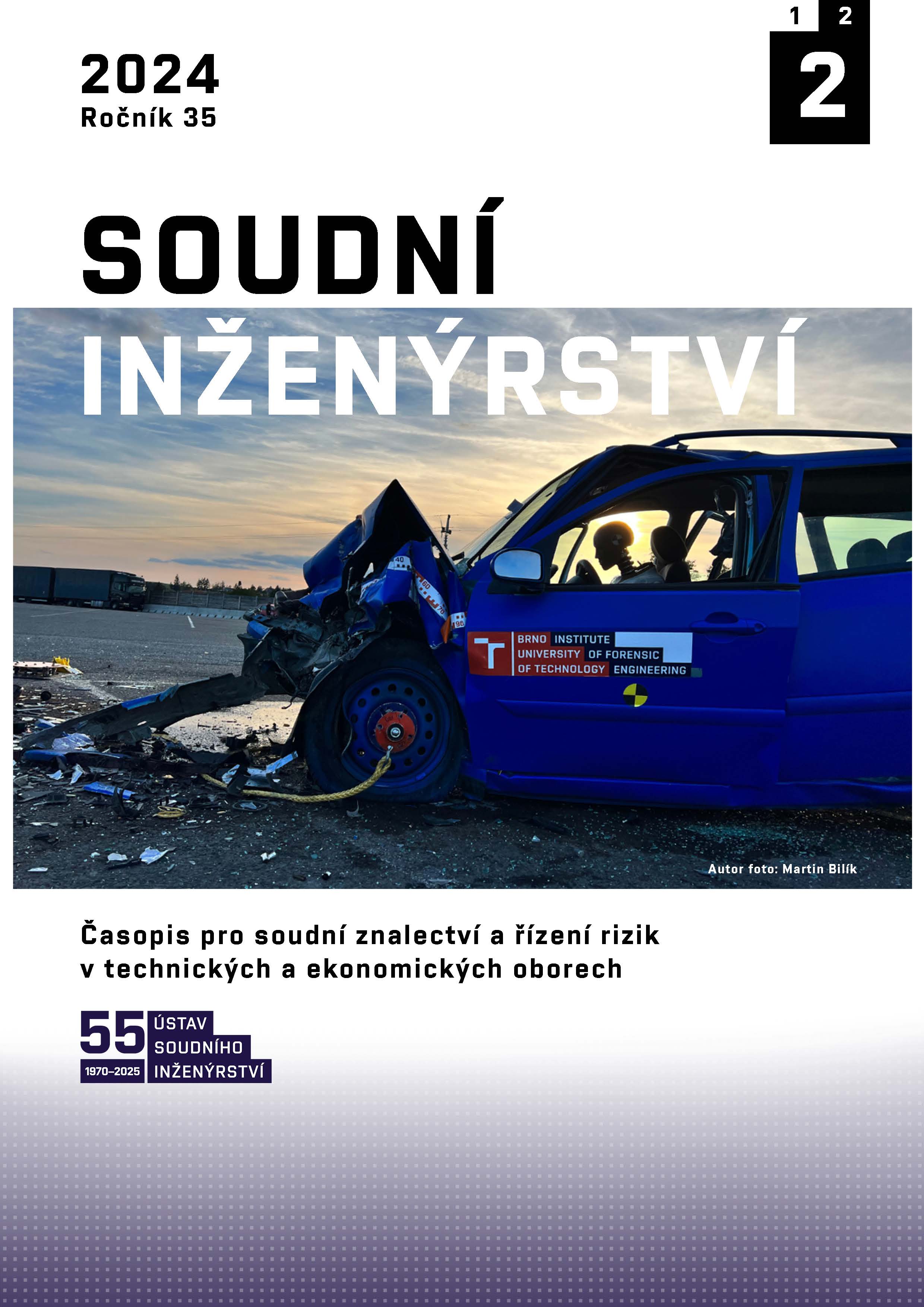Alcohol and other addictive substances affecting traffic accidents
DOI:
https://doi.org/10.13164/SI.2024.2.16Keywords:
Road safety, Road incidents, Driving under the influence, Risk behaviour, Preventive measures, Correlation analysis, Time series analysisAbstract
Driving under the influence of alcohol or other addictive substances is a serious risk to road safety and remains one of the biggest problems in modern transport. Alcohol severely impairs drivers' cognitive and motor functions, increases their reaction time and impairs critical decision-making processes, leading to irresponsible and dangerous behaviour behind the wheel. Drugs can then induce disorientation, hallucinations, euphoria or extreme fatigue, further increasing the risk of road accidents. The aim of this thesis was to determine whether there is a direct effect of alcohol and drug consumption on traffic accidents in the Czech Republic in the period 2014-2024, to evaluate the development of these incidents and to propose effective preventive measures. The research was based on secondary data obtained from the Police of the Czech Republic and the Centre for Traffic Research, and the data were analysed using Pearson correlation analysis, time series and multi-criteria evaluation. The results clearly showed a strong positive correlation between fatal crashes and drink driving (r = 0.947), with the highest number of crashes recorded during the summer months when there is heavy travel and social events associated with alcohol consumption. In contrast, drug-related crashes showed a more stable pattern throughout the year, although the total number of crashes was lower. The main risk factors included failure to control the vehicle, failure to adjust speed to the road conditions and driving on the wrong side of the road, with the greatest risk posed by drivers with an alcohol content of over 1.5‰, who accounted for a significant proportion of the culprits in fatal accidents. Based on the results, a number of preventive measures were proposed to reduce the incidence of these accidents. Among the most effective are increasing the number of measured sections in high-risk areas, which will allow better control of drivers' speed and behaviour, and increasing the number of police patrols aimed at checking drivers' blood alcohol and drug levels. Awareness-raising campaigns on social media can also play an important role, targeting young drivers in particular and helping to raise awareness of the risks associated with substance-impaired driving. Conversely, measures such as banning bars after 10pm or mandatory re-testing for drivers caught driving have proved less effective, costly and difficult to implement in practice. Overall, it can be concluded that a targeted combination of preventive measures focusing on monitoring, control and education can make a significant contribution to reducing alcohol and drug-related accidents. These findings can serve as a basis for the development of new prevention strategies and policies aimed at improving road safety, while it is necessary to continuously monitor the effectiveness of the implemented measures and adapt them to the current needs of society. Future research should focus on a wider geographical scope and include international comparisons to ensure better generalisability of results and identify further opportunities for road safety prevention.
Downloads
Published
License
Copyright (c) 2024 Vilém Kovač, Denisa Čadová

This work is licensed under a Creative Commons Attribution 4.0 International License.


